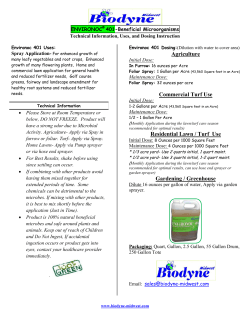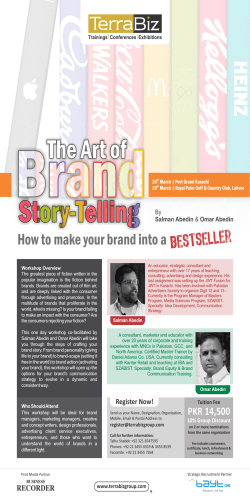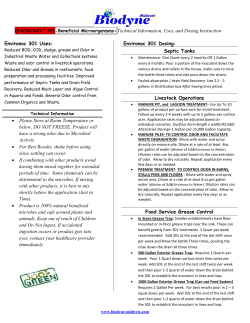
What is the Best Buy?
What is the Best Buy? Which one should I choose? ent differ n : i l s a e e c eal D ct pri The Rpare produ s. Com and brand chart sizes kill: omparison S r e tc um ing Cons plete a cos shopp n m o s o i r C ompa ces: c ll: r i u k o S s Life use of re Wise Is a large economy size really a better buy than a regular size product of the same brand? Not always. Is Brand X priced for $1 less than Brand Y the best buy? Not always. Do you know how to compare products and prices? Comparison-shopping takes time and effort, but it helps consumers be savvy about good buys. Attention Shoppers! Select two products your family uses frequently and compare three different sizes of each of the products. Product 1 Item Brand Total Cost Cost per size_________ Size Price per Unit See “Clip it” Check µ the one that costs the least when comparing price per unit. Acceptable On Sale? quality/taste Yes/No for Family Which one would you select and why?________________________________________ _________________________________________________________________________________________________ Circle the one that is the most expensive. Product 2 Item Cost per size_________ Brand Check µ the one that costs the least when comparing price per unit. Circle the one that is the most expensive. Total Cost Size Price per Unit On Sale? Acceptable Yes/No quality/taste for Family Which one would you select and why? ______________________________________ _______________________________________________________________________________________________ _______________________________________________________________________________________________ Checking Prices Check ThingistheOacutivt!ity, After complet tions discuss the following ques adult. with your helper or other Consumer V I E W • How do you determine the unit of measure to compare prices? compare costs by units • Why is it necessary to size of container? of measure rather than by Consumer T H I N K I N G u consider when • What factors should yo ng is a good buy? deciding whether somethi t in comparison• Why does the time spen g a better buy? shopping pay off in gettin _______________ ____________________ _______________ ____________________ Consumer U S E • Why would you or your family choose a brand name item? family choose • Why would you or your m? a store or generic brand ite _______________ ____________________ _______________ ____________________ Consumer A C T I O N u not make • Why will you or will yo only on cost? consumer decisions based _______________ ____________________ _______________ ____________________ _______________ ____________________ CLEAN UP ON Aisle • best buy • price per unit Acknowledgements: Activity written by Judy Branch. It pays to comparison shop. There is no hard and fast rule you can use that will always get you the best buy. Each time you buy an item you need to check prices again because they may not stay the same. See the example below to see how you might record information when comparison shopping. Item Toothpaste Brand A Total Cost Size 2 for $3 6 oz. each Price On Sale? per Unit Yes/No $0.25 Yes Acceptable quality/taste for Family Family likes Toothpaste B $0.87 6 oz. $0.145 Yes Family doesn’t like Milk A $1.99 1 gallon $0.995 per 1/2 gallon Yes Family won’t drink a gallon before it spoils Milk B $1.43 1/2 gallon $1.43 No Right size for family The toothpaste that costs the least is B but your family doesn’t like how it tastes. That might not be the best buy if your family won’t use it. The half-gallon of milk is cheaper in total cost, but the gallon size is cheaper when you figure cost per ounce. Because items come in different sizes and prices, to compare the cost of various sizes, savvy consumers know how to find the price per unit of a product. Price per unit is found by dividing the total cost of the item by comparable units such as ounces, pounds, or by number of pieces in the package. Half gallon = 64 ounces at $1.43 = $.02 per ounce Gallon = 128 ounces at $1.99 = $.015 per ounce If you just look at cost, it is cheaper per ounce to buy the gallon of milk. But if your family won’t drink a gallon of milk before it spoils and it has to be thrown away, is it still cheaper? Be sure that you find the price per unit of product, not by size of container. For example, two boxes of cereal may be the same size but one may contain more cereal than the other. The amount of cereal is listed in ounces. You can divide the price of the box by the number of ounces to get the unit price. n ur group or a yo h it w ip tr d ach 1. Take a fiel opping mall. E sh l ca lo e th adult to uct to different prod a s k ic p n ses to so per or four busines e re th it is . V . compare ording to price cc a s ct u d ro p up. evaluate those results as a gro h rc a se r u yo Compare
© Copyright 2026





















